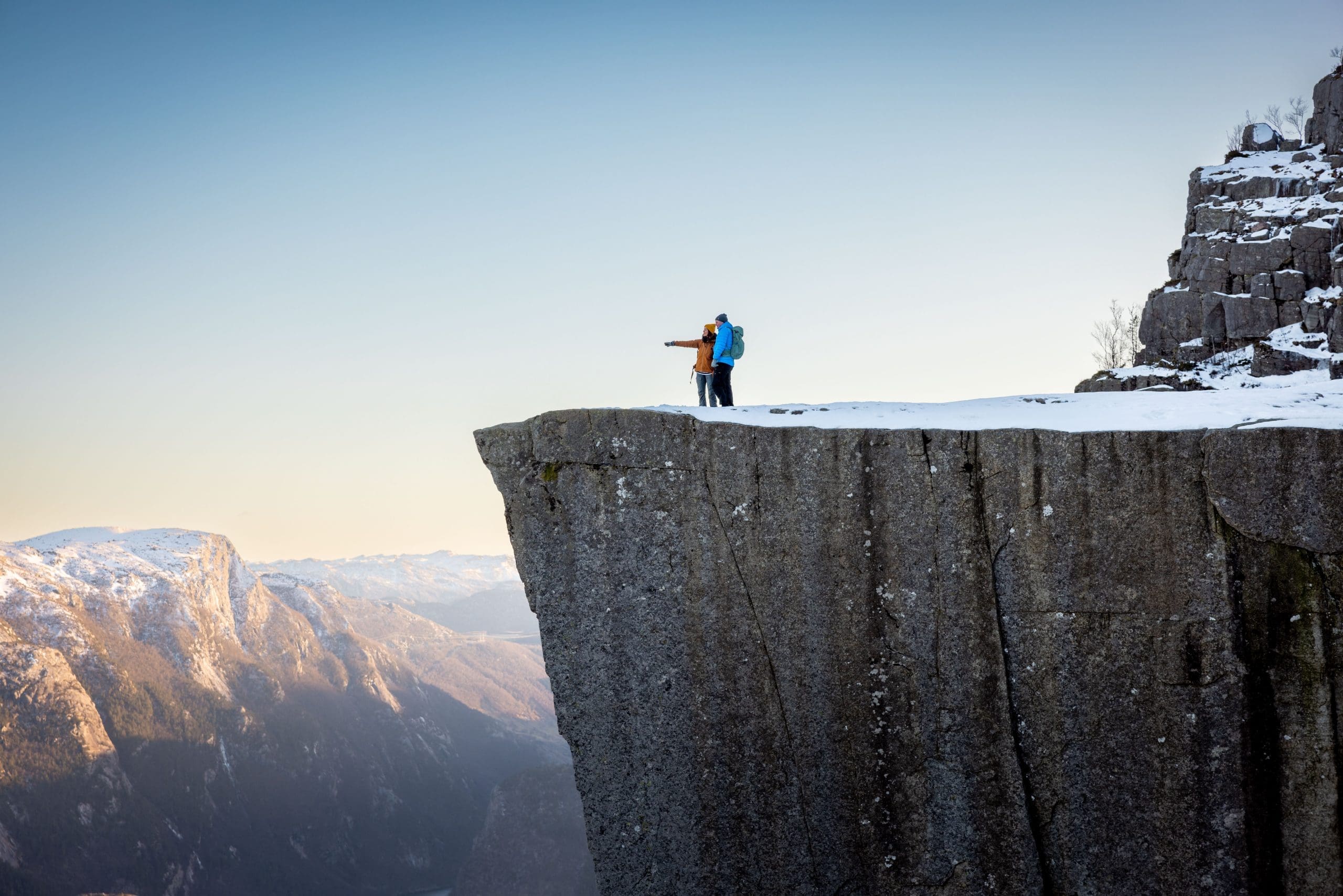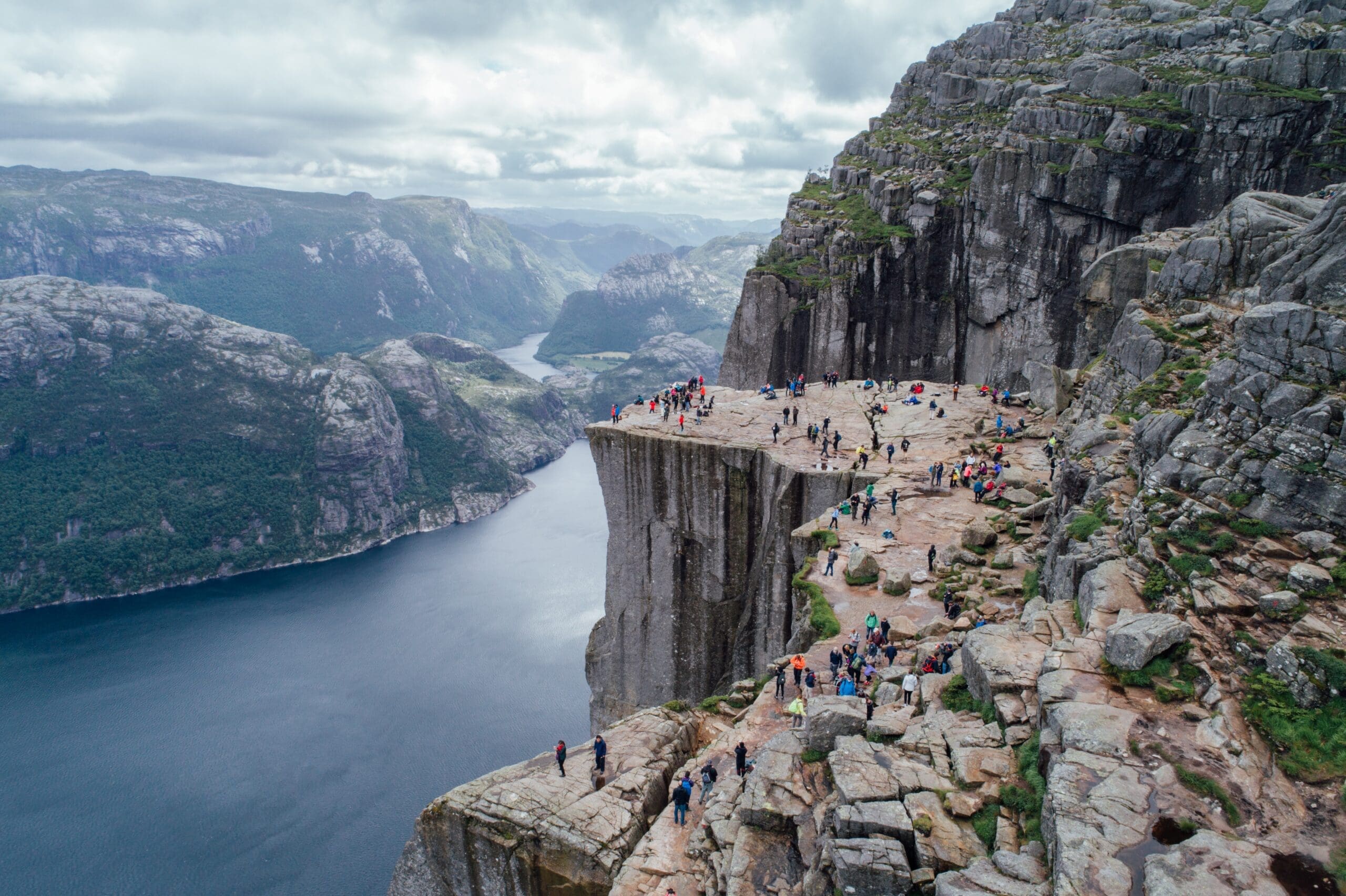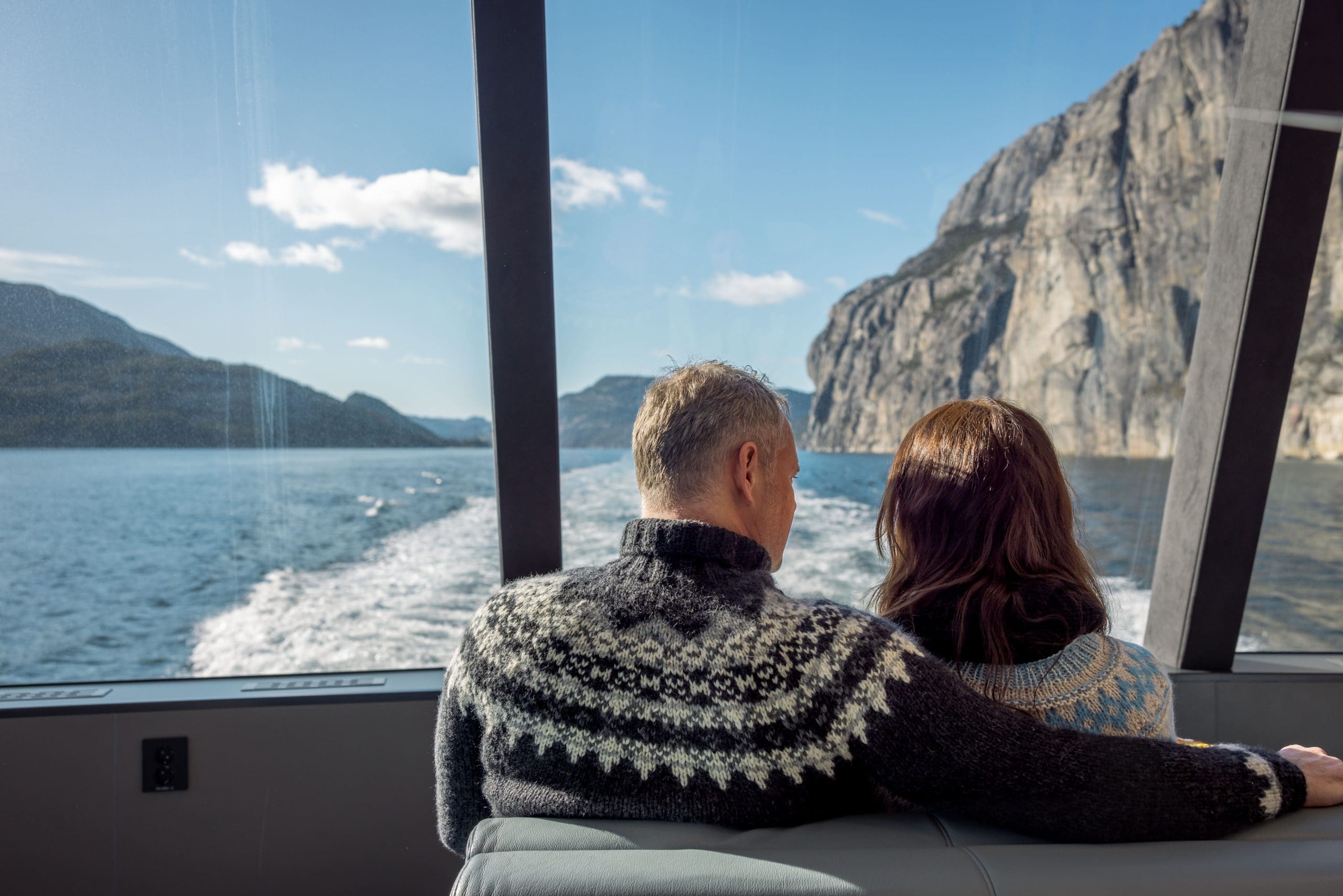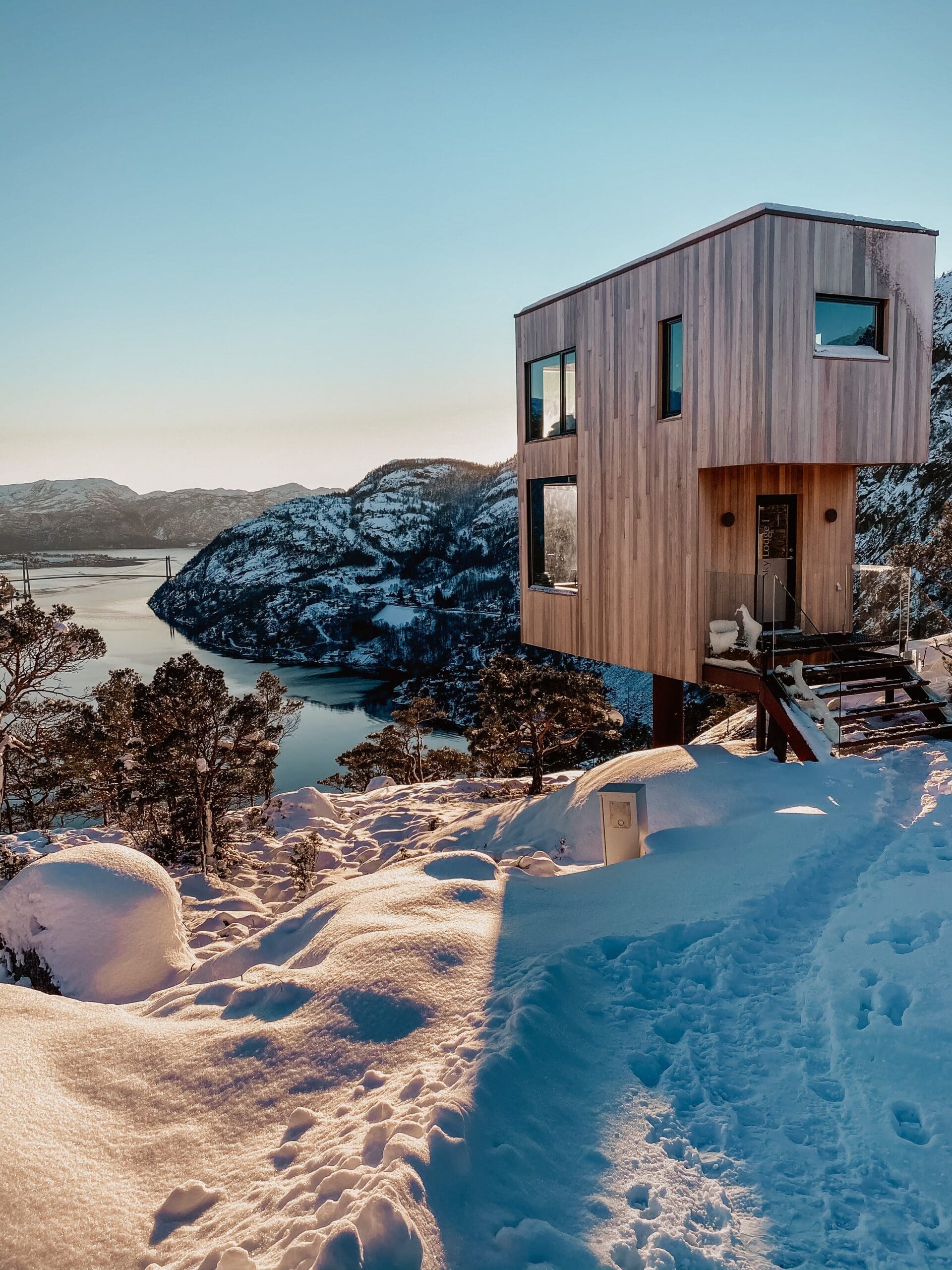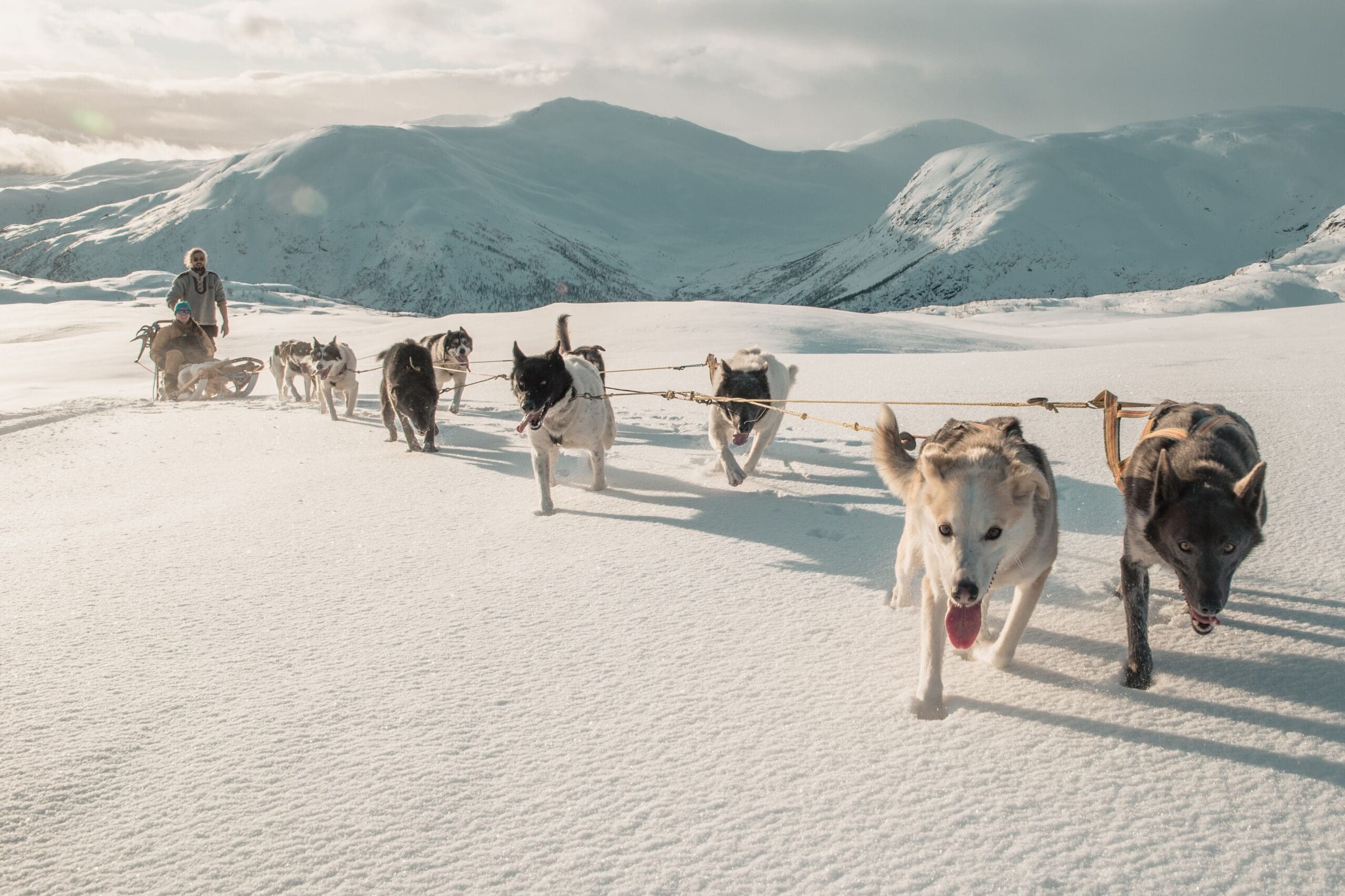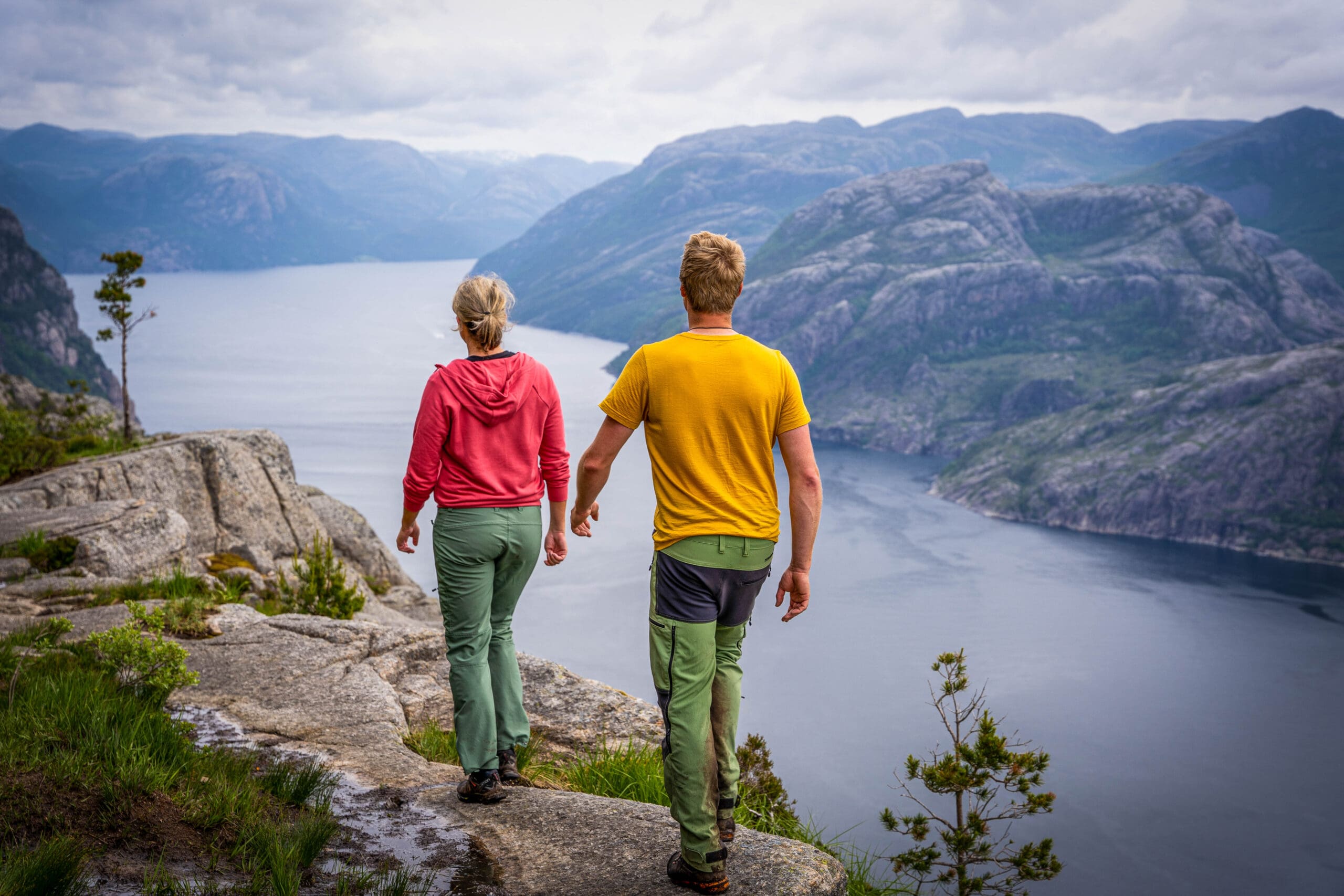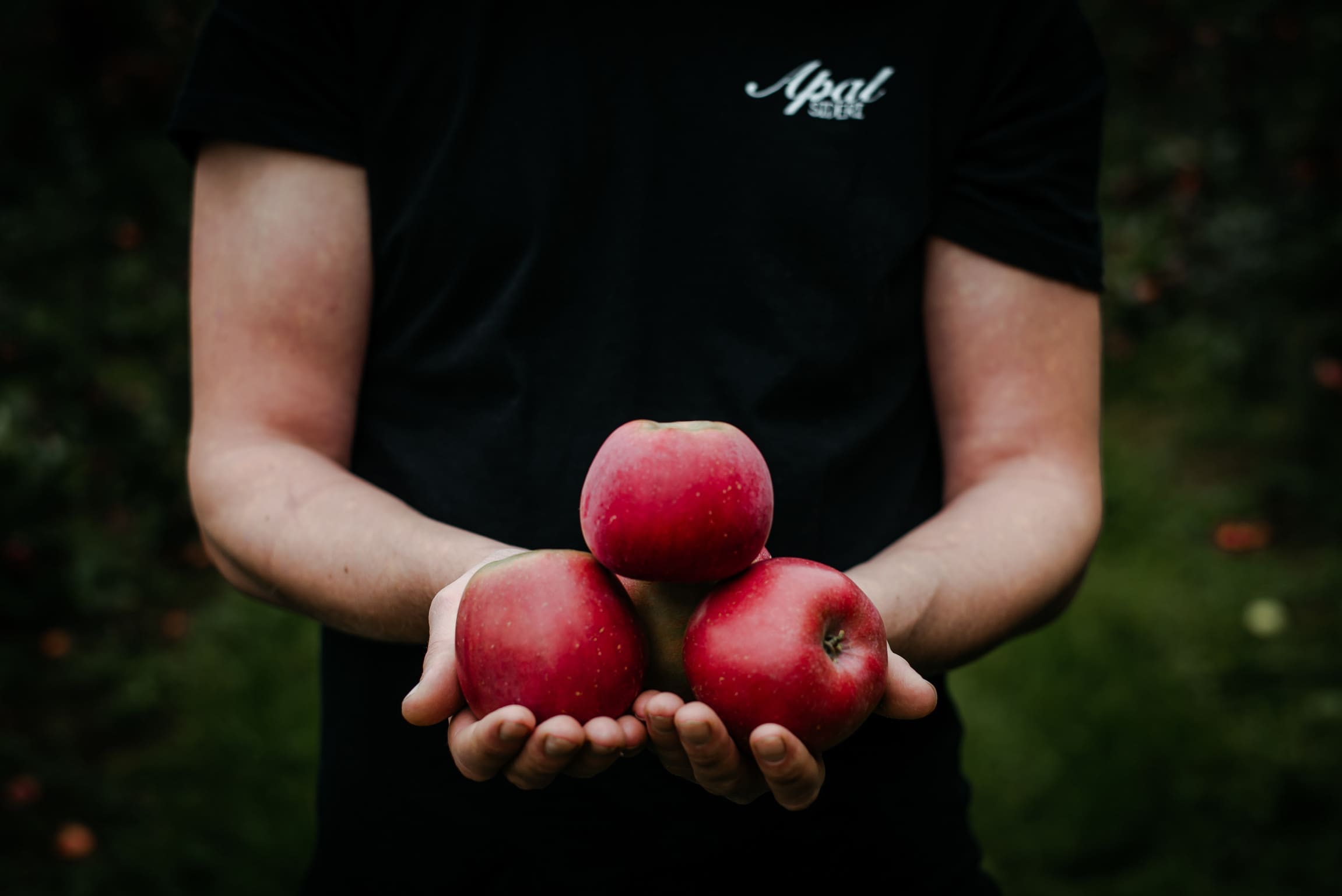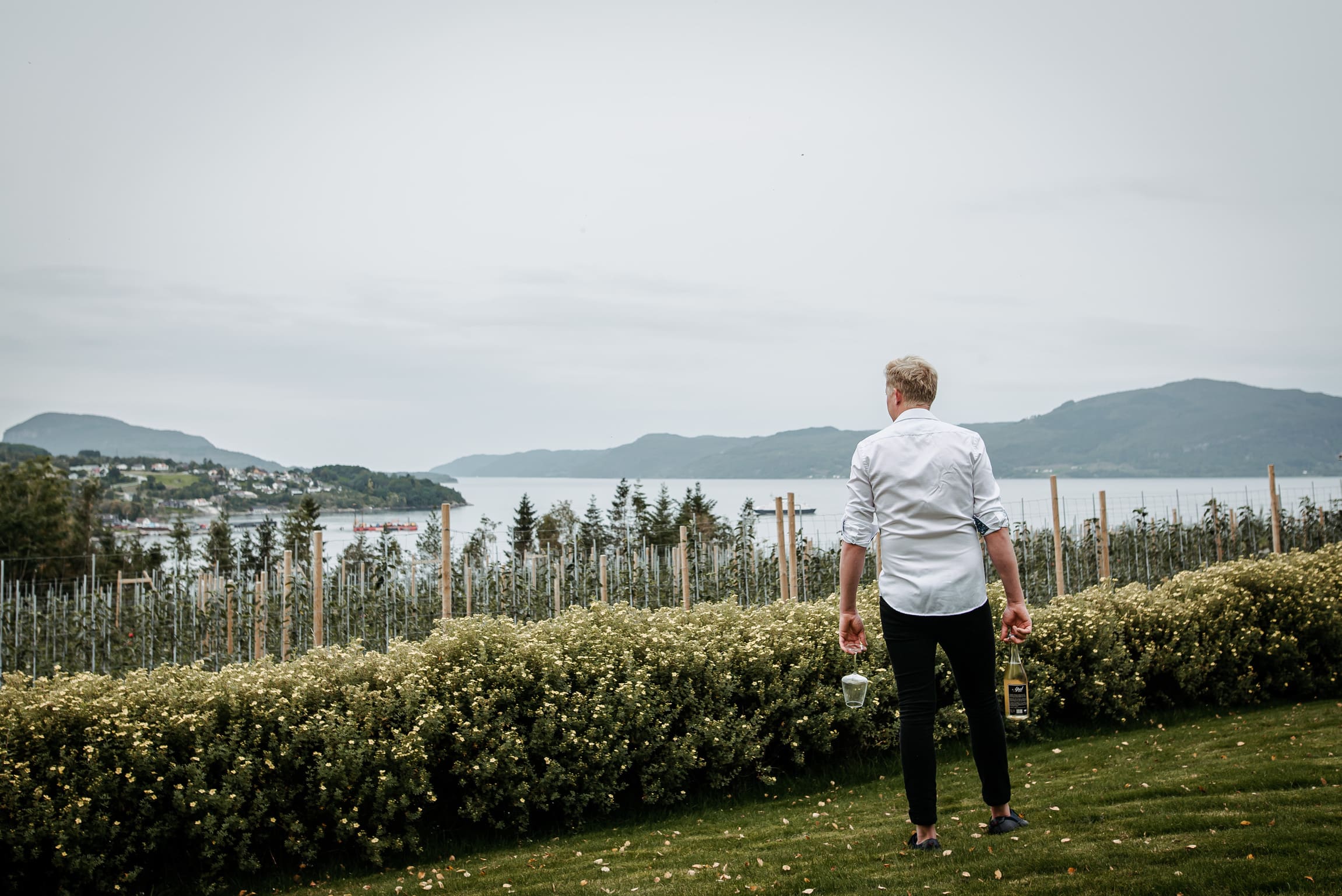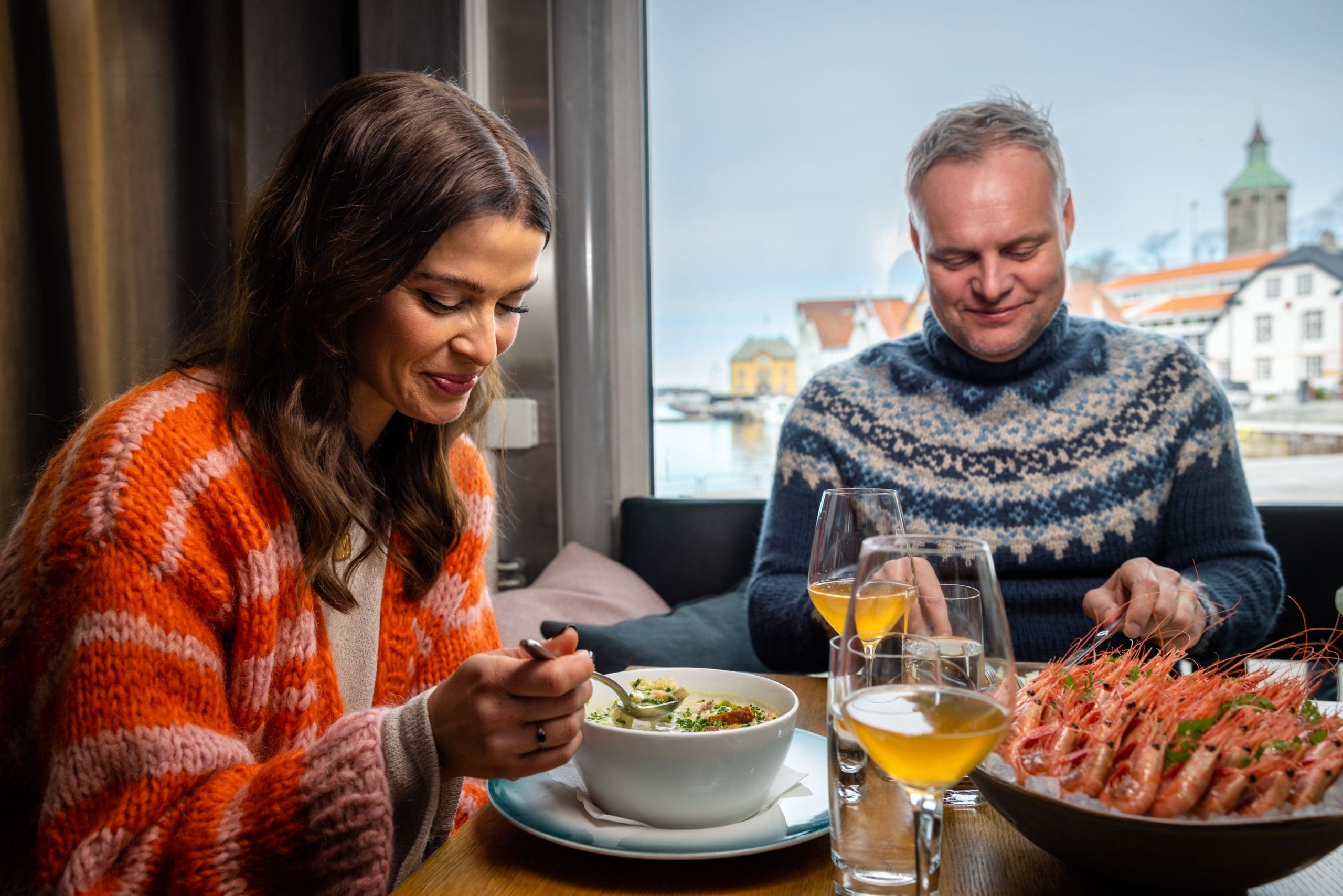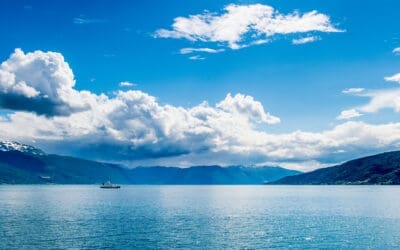What you need to know about payments in Norway.
Cashless?
Even before the pandemic, Norway had come very far in digitization. We have a highly digitally competent population and a financial and public sector eager to invest in digital solutions. Forces within the nation wanted to transition into a cashless society, as a part of the digital development. They no longer wanted cash to be an option.
A suggestion to create pressure toward a cashless society was to remove the duty of handling cash, as outlets in Norway are obligated, by law, to accept cash as a mean of payment. However, during the pandemic many cafés, restaurants ect. no longer accepted cash. Many of them would like to continue cashless even when the corona crisis is over. The main argument is not necessarily contamination, but rather other inconveniences towards handling cash. This pushed forward the question about transitioning to a cashless society.
The law that obligates outlets to accept cash as a mean of payment, has traditionally not been enforced, thus allowing outlets to not allow cash. However the justice department are currently working on ways to make sanctions more available. As government, finance-institutions and various segments of society seem to agree that it is essential that the nation has cash available for the security of the kingdom.
Cash
As explained you may come across outlets who refuse cash, but they are actually breaking the law. In most cases you can choose to pay with cash, as you are traveling in Norway. How ever this should be Norwegian currency, NOK, as foreign currency are rarely accepted. You will find cash machines everywhere in towns and cities, and in most rural areas.
In 2017 a new series of banknotes was launched. The design was unique, compared to international banknote design. The motive on the front conveys central features of Norwegian maritime history. The back of the banknote is an abstract of ocean and wind. The banknotes was intended to function as a business/visit card for Norway as well as currency.
Contactless payment
When COVID19 hit us, the digital development happened at a higher speed. Due to contamination issues Norwegians migrated towards no touch payments via near field communications (NFC) cards, phone apps and wearables. The norm became, not just cashless, but also contactless payment. Norway has a well developed digital infrastructure. Contactless payment is widely accepted from grocery stores and restaurants to taxis, collective transportation and pharmacies.
Cards
Post offices and some grocery shops or supermarkets do not accept foreign credit cards, although they happily take debit cards. Visa and MasterCard are the most commonly accepted credit cards, with far fewer accepting Amex or Diners. If in doubt, ask before shopping.
Welcome 🙂

